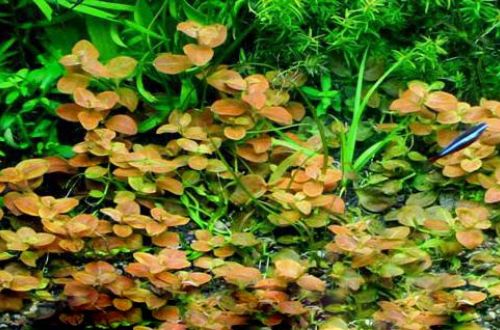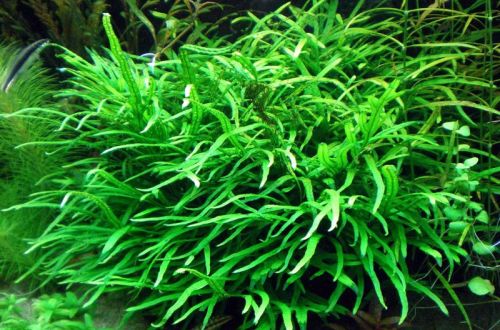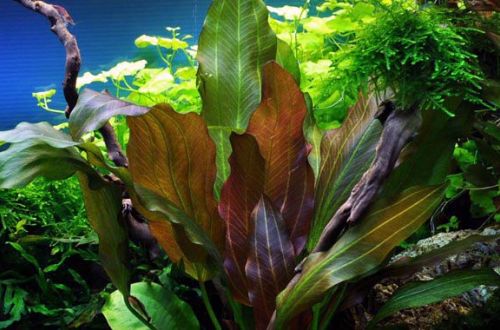
Ludwigia ovalis
Ludwigia ovalis or Ludwigia oval, scientific name Ludwigia ovalis. Originally from East Asia (Japan, Korea, China, Taiwan). It grows on moist soils along the coast and in shallow water in lakes and ponds.

Under water, it forms erect stems with oval leaves of golden, orange or reddish color, located one on each whorl (node). Leaf blades are 0.5–2.5 cm long and 0.4–2 cm wide. They are attached to the stem with a short petiole, which, depending on the conditions, may be completely absent.
In the surface position, the leaves turn green. It blooms with tiny flowers located in the axils of the leaves. There are no petals, instead there are four sepals. At the end of flowering, oval fruits-seeds about 5 mm in size appear, covered with small hairs.
Reproduction of Ludwigia ovalis can occur with the help of seeds or by means of cuttings – cutting off the sprout and then planting the separated part in the ground.
It appeared in the aquarium trade in the 2000s and quickly gained popularity due to its relative unpretentiousness and richness of colors and shades. A favorable environment for growth is soft slightly acidic water and nutrient soil. Not demanding on the level of illumination and temperature conditions.





